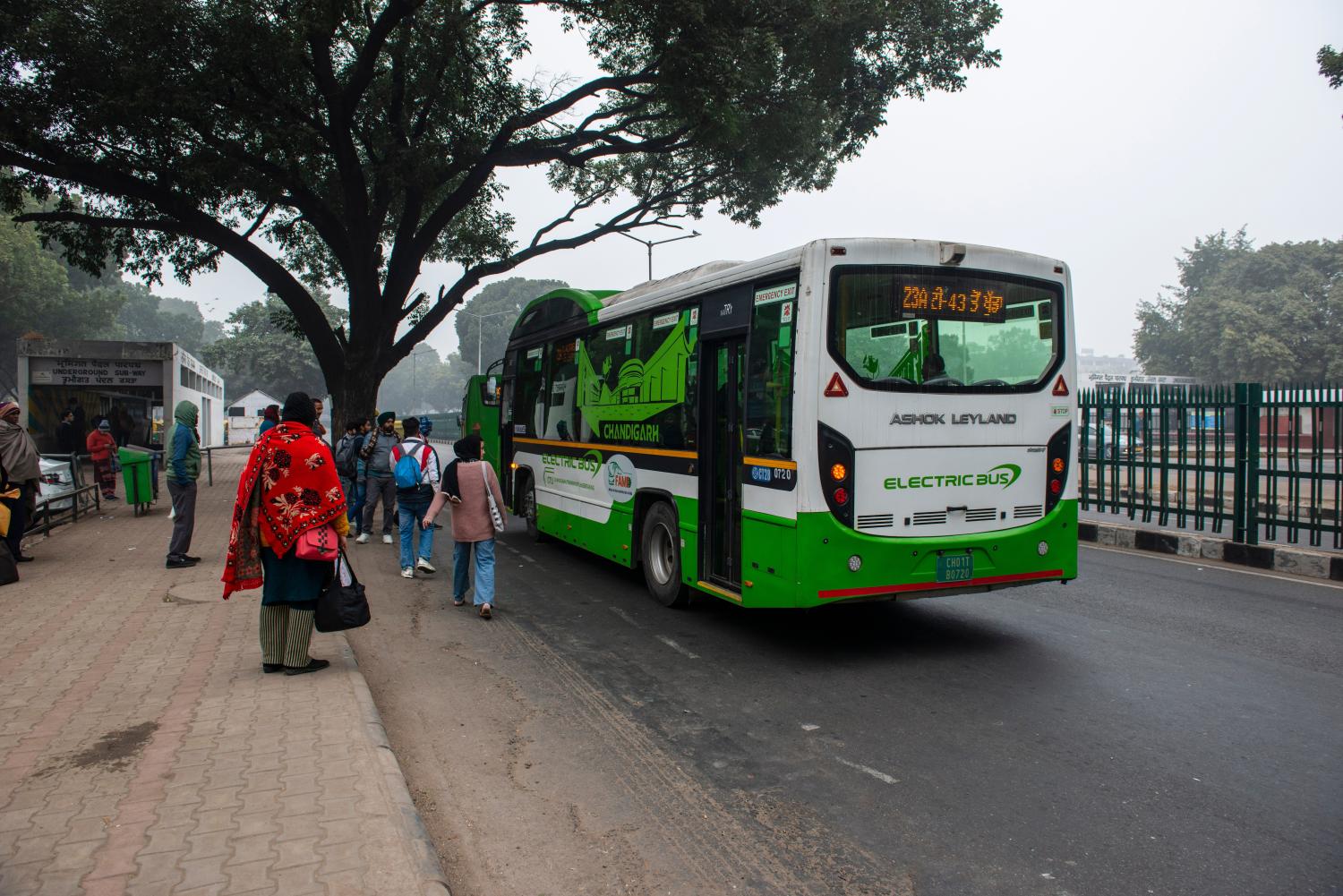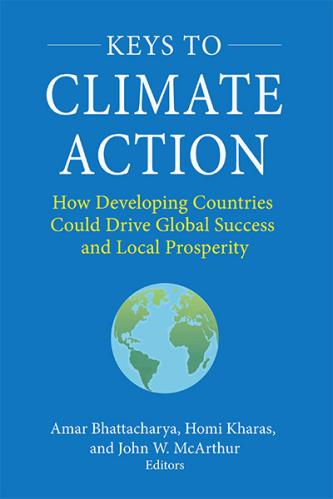This chapter was published in the edited volume “Keys to Climate Action: How Developing Countries Could Drive Global Success and Local Prosperity.”
In this working paper, Ahluwalia and Patel describe how India could make progress towards meeting its climate change mitigation commitments which involve achieving net zero emissions by 2070. This will require action on several fronts, notably: transforming the electricity sector to rely increasingly on renewable energy (RE), electrification of transport, decarbonization of hard-to-abate industrial sectors like steel and fertilizer using green hydrogen, etc. All this must be accompanied by improvements in energy efficiency which in turn depend upon rational energy pricing and suitable regulation. The shift to RE will present problems of intermittent supply which has to be balanced through grid-scale batteries or pumped-hydro storage. The working paper shows that the government is aware that action will be needed in several areas and some movement in these directions has already begun. However, the pace of progress has to be greatly accelerated. The multiplicity of interventions needed require coordination not only across ministries but also across different levels of government. The transformation will also involve significant additional investment, and this will call for substantial international financial support. Ahluwalia and Patel emphasize that although there has to be a large role for international finance, much of the additional investment would need to come from domestic sources, both public and private. Private investment in the power sector in particular calls for urgent reforms of the distribution sector which is currently financially unviable because of unsustainably low tariffs and persistent nonpayment of electricity dues. The overall picture presented by the authors is that the transition is feasible, but it calls for determined action in many areas, some of which are politically sensitive. As a practical matter, the long term decarbonization strategy needs to be decomposed into a strategy for the next ten years, with granular detail on what needs to be done in each sector over the ten-year period.
Interview with the authors
What is one main message from your chapter?
A successful decarbonization of the economy on the scale required to meet COP26 commitments is technically feasible, but also very difficult. A practical way of proceeding is to decompose the long-term transition pathway to net zero into short-term phases of around ten years and define sector-specific targets for decarbonization in this period.
What presents the biggest opportunity?
Much of the investments needed for managing climate change align with sustainable development goals, and therefore, developing countries can tackle both issues simultaneously by prioritizing climate action along with economic development.
What serves as the biggest challenge?
Transitioning to greener sources of energy, which tends to be intermittent and requires balancing at an additional cost, while ensuring energy access to low-income households. Ideally, the transition should be facilitated by action on the price front which means introducing some form of carbon taxation and using the revenues to expand RE capacity and to support affected households with cash transfers.
What gives you the most hope?
India is a fast-growing large economy, and the Indian government has made bold commitments to transition to RE and reduce emissions. This has already helped accelerate private sector involvement in the green sectors of the economy, driving technology adoption and advancements. There is also growing public awareness and civil society participation in the areas of environment, ecology, and climate to promote sustainability.








